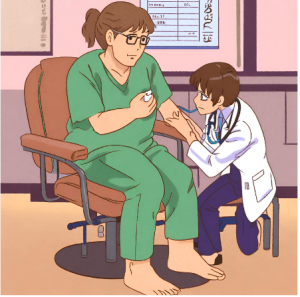5 Crucial Cancer Screening Tests to Consider
Regular cancer screenings play a vital role in early detection and the successful treatment of various types of cancer, such as breast cancer, colorectal cancer, lung cancer, cervical cancer, and prostate cancer. Here are five crucial cancer screening tests to consider: Mammogram: Uses X-ray technology to screen for breast cancer, recommended annually or biennially from […]









